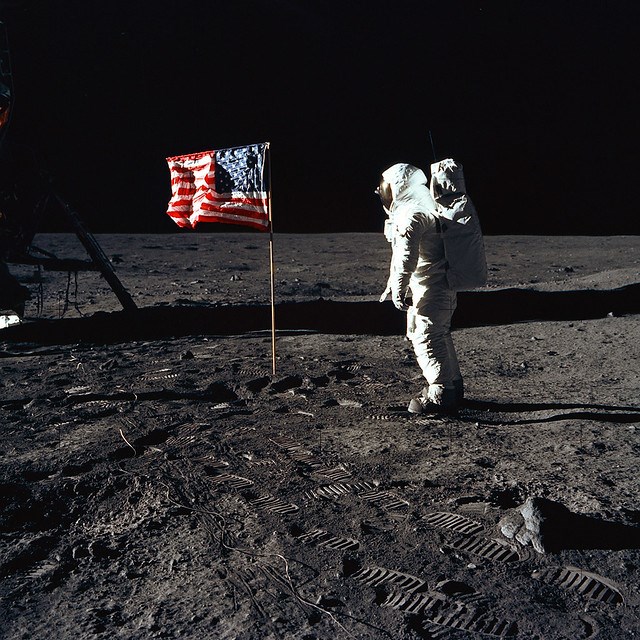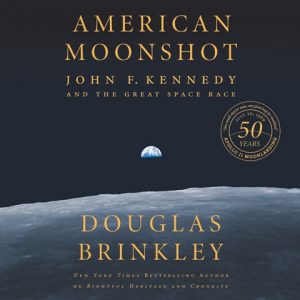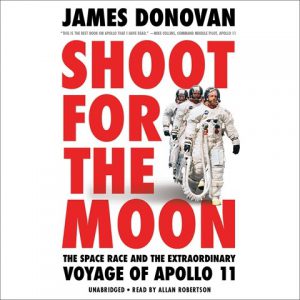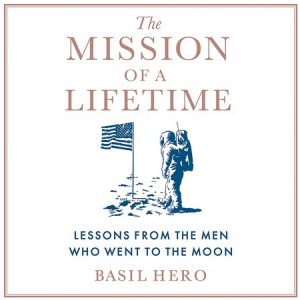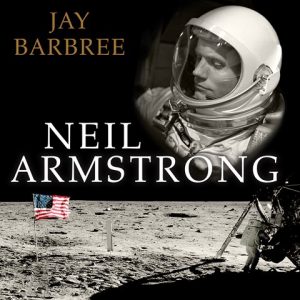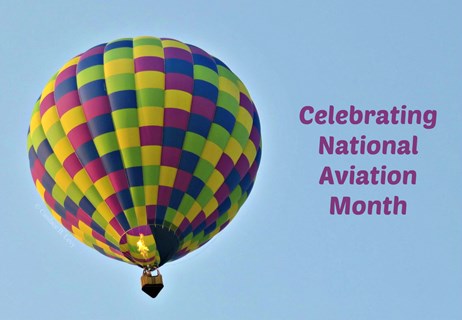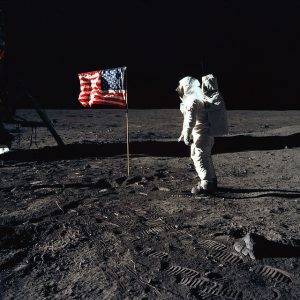 Whether you remember that almost unbelievable July day 50 years ago when the United States successfully landed a man on the moon—and even aired the landing on television—or you’ve grown up with that feat as part of history, it’s hard to deny that humankind’s view of our solar system and space in general was unquestionably and forever altered when astronaut Neil Armstrong took his “one giant leap.”
Whether you remember that almost unbelievable July day 50 years ago when the United States successfully landed a man on the moon—and even aired the landing on television—or you’ve grown up with that feat as part of history, it’s hard to deny that humankind’s view of our solar system and space in general was unquestionably and forever altered when astronaut Neil Armstrong took his “one giant leap.”
This golden anniversary year is about all things moon landing and is a great time to learn more about the people and the missions that made the 1960s such an exciting decade for space travel and NASA research. In today’s Take 5 round-up, you’ll be re-inspired and impressed by President Kennedy’s challenge to put a man on the moon, you’ll meet some of the astronauts who walked the lunar surface, and you’ll get a sense of the history of the U.S. space program.
One audiobook featured here is geared specifically for younger readers. It focuses on the all-important Apollo 8 mission, which put a manned space craft in orbit around the moon, opening the door for the Apollo 11 landing.
Douglas Brinkley’s AMERICAN MOONSHOT: John F. Kennedy and the Great Space Race places the lunar-landing mandate in the context of the Cold War and details the political and public efforts to keep NASA on target. Not everyone in Washington was on board with Kennedy’s vision of winning the space race, and the entire program was in jeopardy after the president’s assassination. Our reviewer praised narrator Stephen Graybill for his “assured performance” and “well-paced delivery.”
If you’re interested in the history of the moon landing itself, listen to SHOOT FOR THE MOON: The Space Race and the Extraordinary Voyage of Apollo 11 by James Donovan. This account of the Apollo missions provides a new perspective on NASA’s relationship with general scientific inquiry, looks into how Armstrong ended up being the first human to walk the moon, and relates other little-known facts. According to our reviewer, narrator Allan Robertson’s performance is well-matched to the text, providing drama when needed and keeping listeners on track.
For a more personal look at the Apollo missions, turn to THE MISSION OF A LIFETIME: Lessons from the Men Who Went to the Moon by Basil Hero. When Hero wrote this account, only half of the two dozen men who traveled to the moon were still alive to share their stories and talk about how they were transformed by their experiences in space. The focus here is on what the astronauts learned about bravery, fear, and cooperation and how their lunar missions transformed the way they looked at their fellow humans and our shared planet. Our reviewer was impressed with narrator Dan Woren’s ability to modulate his delivery to match the tone of the individual accounts.
It’s impossible to celebrate the golden anniversary of the moon landing without paying tribute to the astronaut who took that first step. Because Jay Barbree’s NEIL ARMSTRONG: A Life of Flight is based on years of personal conversations, it gives us a more intimate portrait of a true American hero. We learn about Armstrong’s desire to live a quiet life, his work on the Challenger investigation, and his early years as a pilot. Narrator Michael Prichard allows the story itself to take center stage, wisely stepping back to let listeners form their own opinions of Armstrong, a humble man who shied away from the limelight.
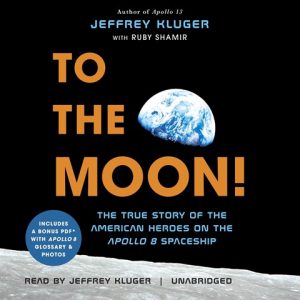 If you want to introduce your middle-grade listeners to the lunar space race, queue up TO THE MOON! The True Story of the American Heroes on the Apollo 8 Spaceship by Jeffrey Kluger and Ruby Shamir. Focusing primarily on Frank Borman, who led the groundbreaking (space-breaking?) mission to orbit the moon, this audiobook includes all kinds of great details about everyday life on a spaceship and what it was like to be the first humans to see the dark side of the moon. Our reviewer notes that Kluger’s enthusiasm shines through his narration. Be sure to download the PDF, which contains period photos and a glossary.
If you want to introduce your middle-grade listeners to the lunar space race, queue up TO THE MOON! The True Story of the American Heroes on the Apollo 8 Spaceship by Jeffrey Kluger and Ruby Shamir. Focusing primarily on Frank Borman, who led the groundbreaking (space-breaking?) mission to orbit the moon, this audiobook includes all kinds of great details about everyday life on a spaceship and what it was like to be the first humans to see the dark side of the moon. Our reviewer notes that Kluger’s enthusiasm shines through his narration. Be sure to download the PDF, which contains period photos and a glossary.
Where were you on July 20, 1969? I was in front of my family’s black-and-white television, watching Neil Armstrong leave a boot print on the surface of the moon. Unforgettable.
Photo courtesy of NASA. Astronaut Buzz Aldrin, lunar module pilot of the first lunar landing mission, poses for a photograph beside the deployed United States flag during an Apollo 11 Extravehicular Activity (EVA) on the lunar surface. The Lunar Module (LM) is on the left, and the footprints of the astronauts are clearly visible in the soil of the Moon. Astronaut Neil A. Armstrong, commander, took this picture with a 70mm Hasselblad lunar surface camera.


